A very powerful city-state, Syracuse was allied with Sparta and Corinth and exerted influence over the entirety of Magna Graecia, of which it was the most important city. Described by Cicero as "the greatest Greek city and the most beautiful of them all", it equaled Athens in size during the fifth century BC. It later became part of the Roman Republic and Byzantine Empire.

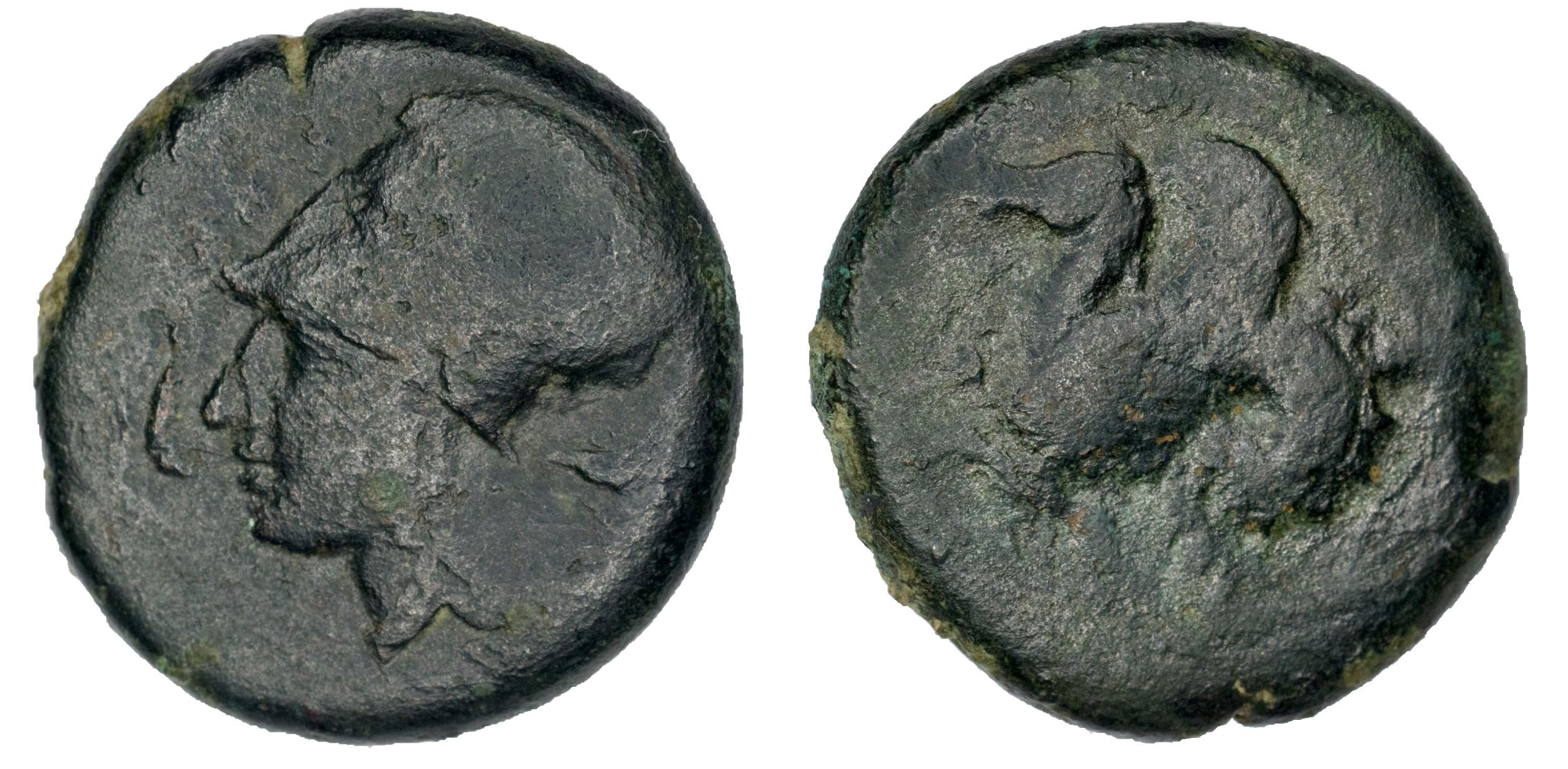
Reverse: Hippocamp left; reins trailing.
Die Orientation: 0 H
Weight: 8 g
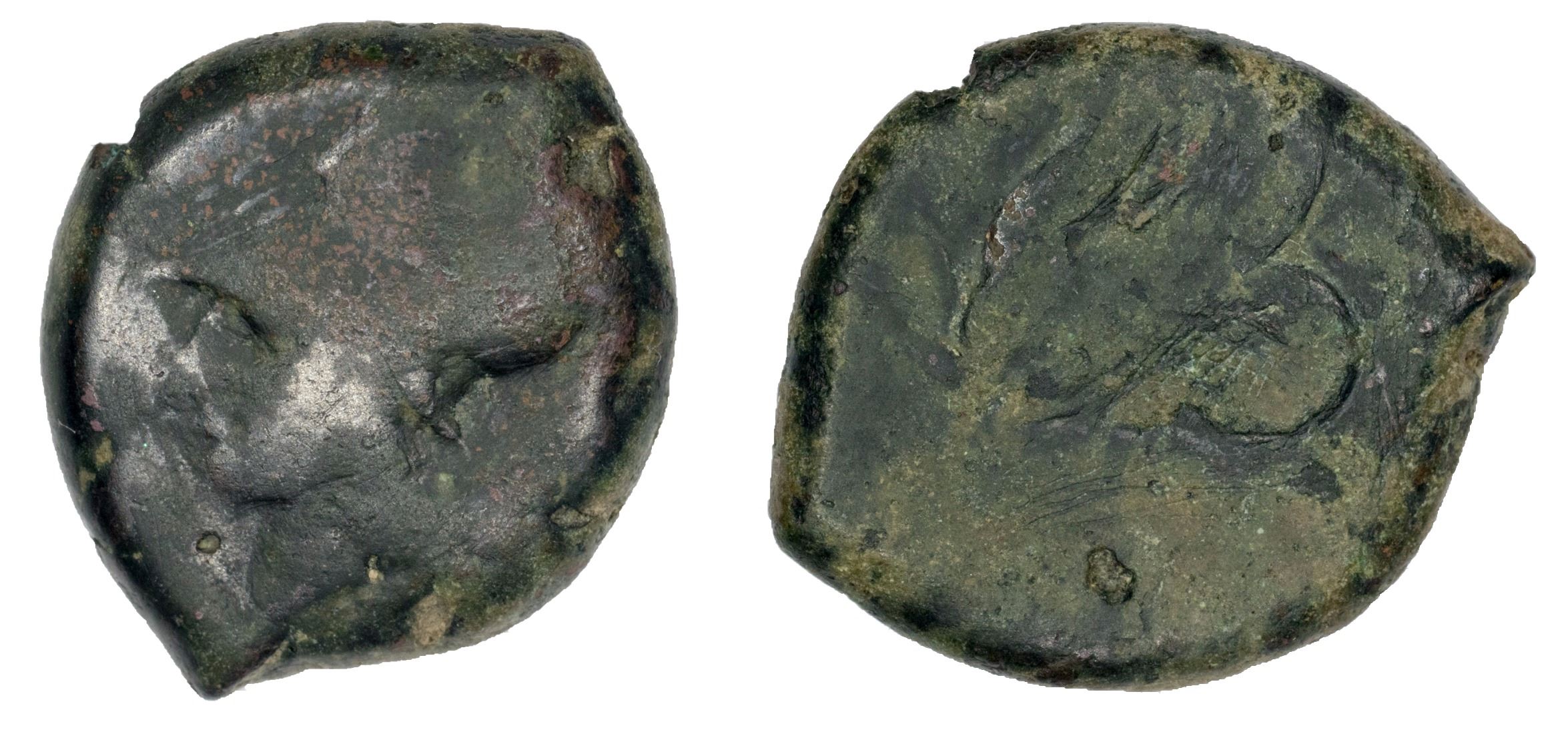
Reverse: Hippocamp left
Die Orientation: 0 H
Weight: 6.8 g
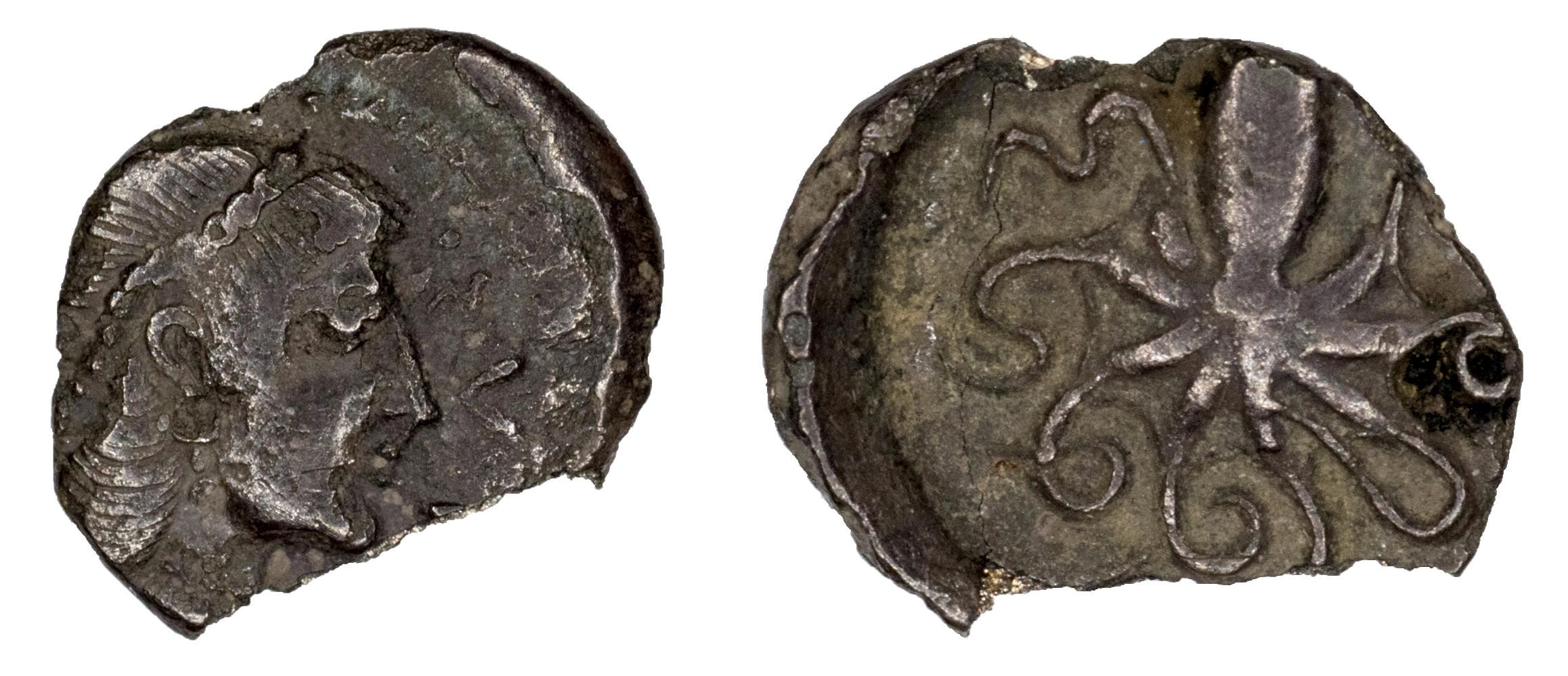
Reverse: Octopus/Cuttle-fish
Die Orientation: -
Weight: 0.41 g
Style indicates pre-second democracy, i.e. Gelon or Hieron I.
Clipped.
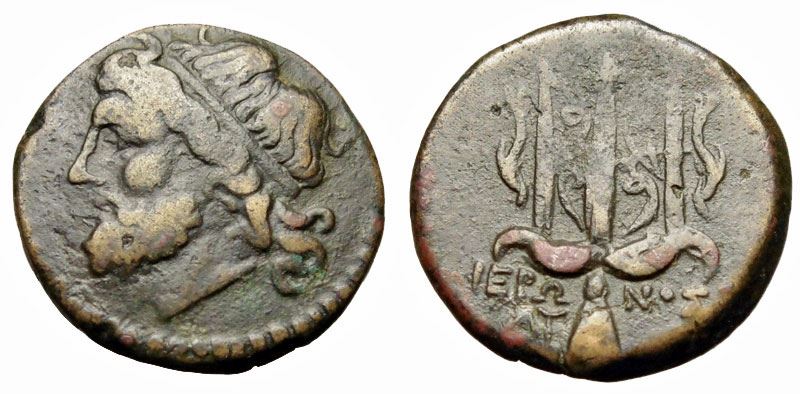
Reverse: Trident flanked by two dolphins swimming downward
Die Orientation: -
Weight: 6 g
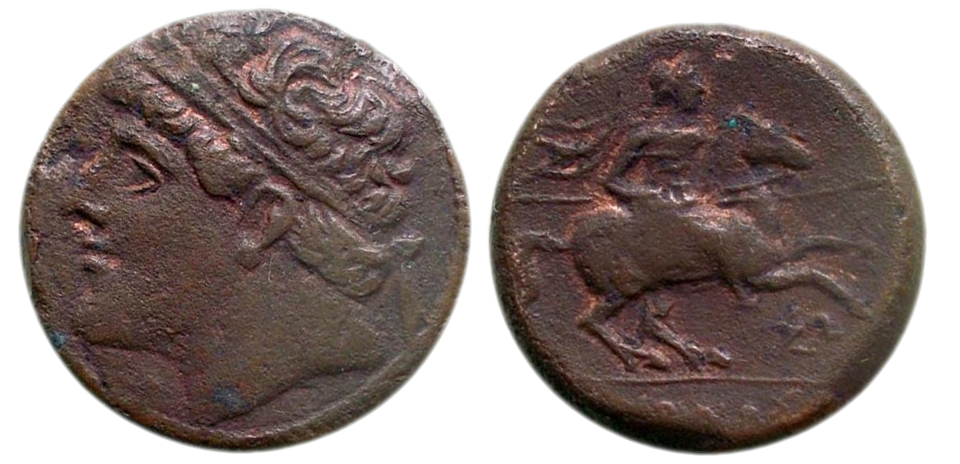
Reverse: Warrior on horse prancing right, holding couched lance; ΣΛ below
Die Orientation: -
Weight: 16.61 g
.jpg)
Reverse: Hippocamp left
Die Orientation: -
Weight: 7.28 g
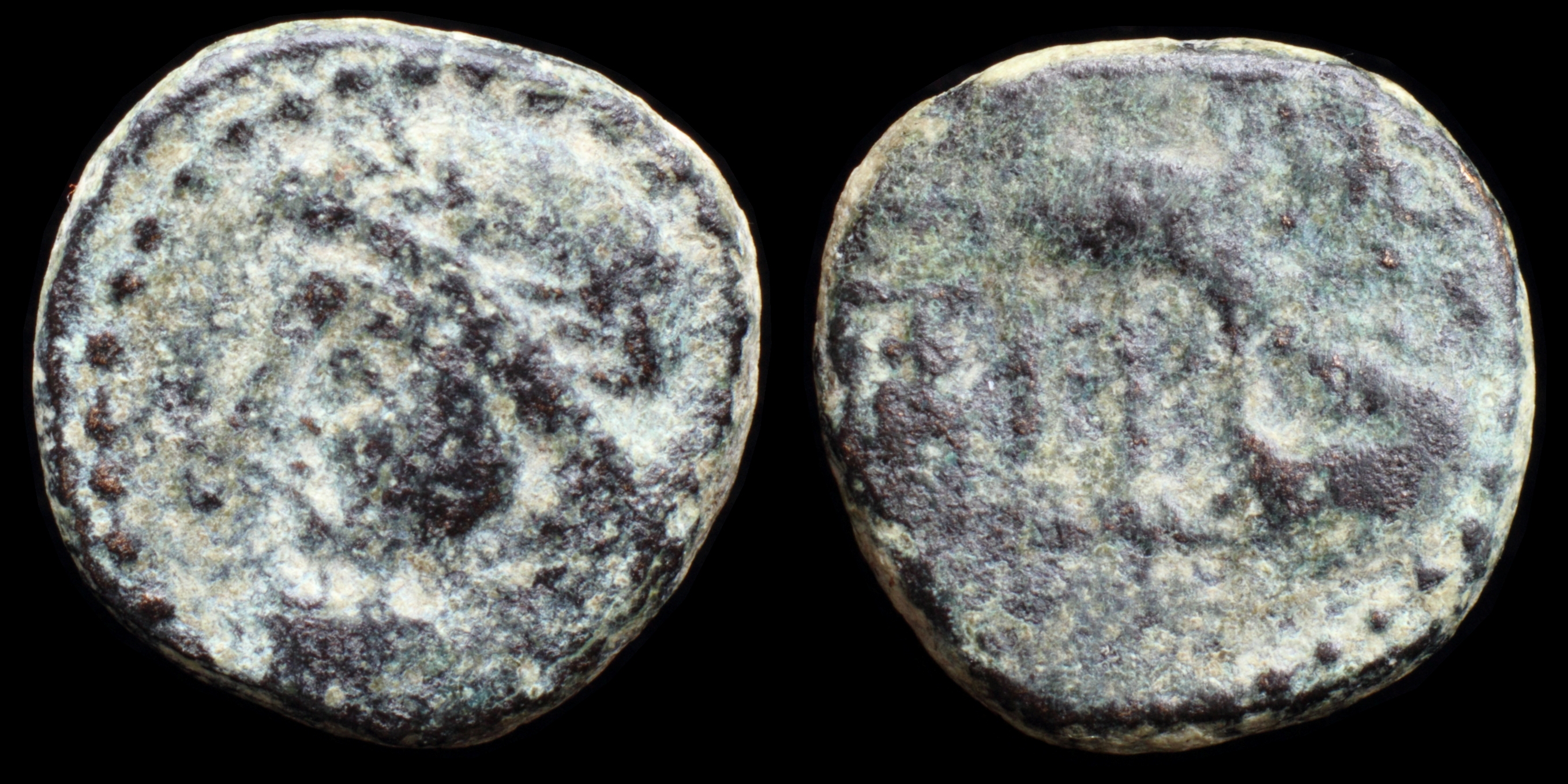
Reverse: tripod with lebes; ΣΥΡAK_OΣIΩN
Die Orientation: -
Weight: 3.3 g
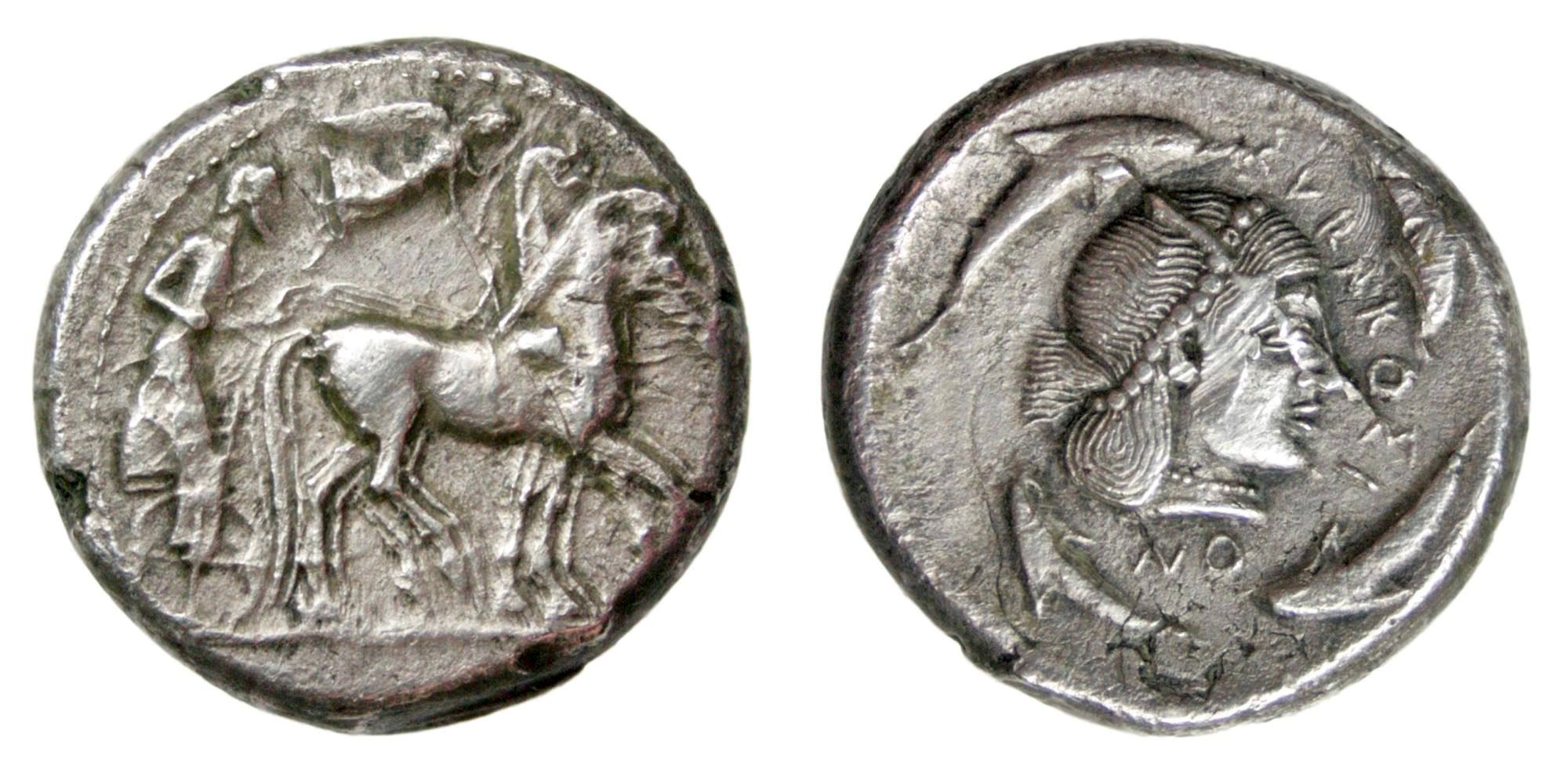
Reverse: ΣYΡAKOΣION / head of Arethusa right, in pearl necklace & pearl diadem under which hair tucked up behind, four dolphins around
Die Orientation: -
Weight: -
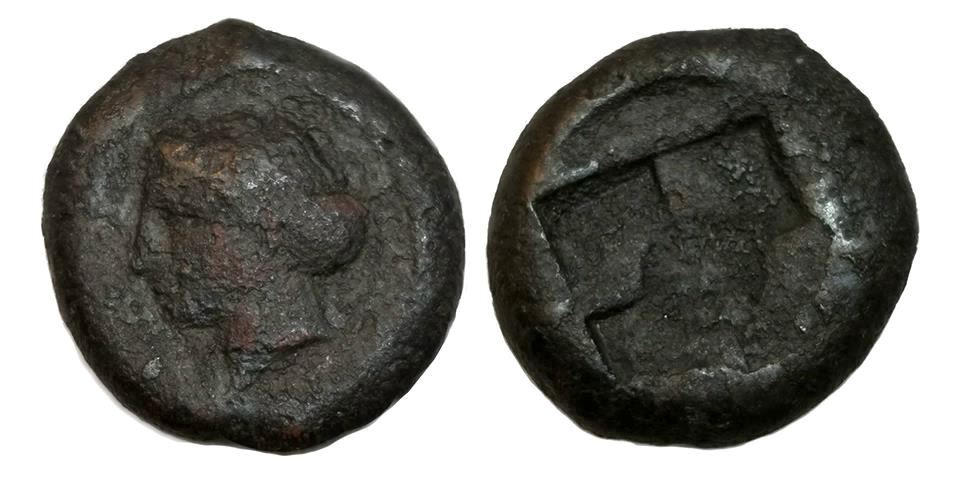
Reverse: Star of (8 or 16) rays in circular incuse within quadripartite incuse square
Die Orientation: -
Weight: 6.15 g
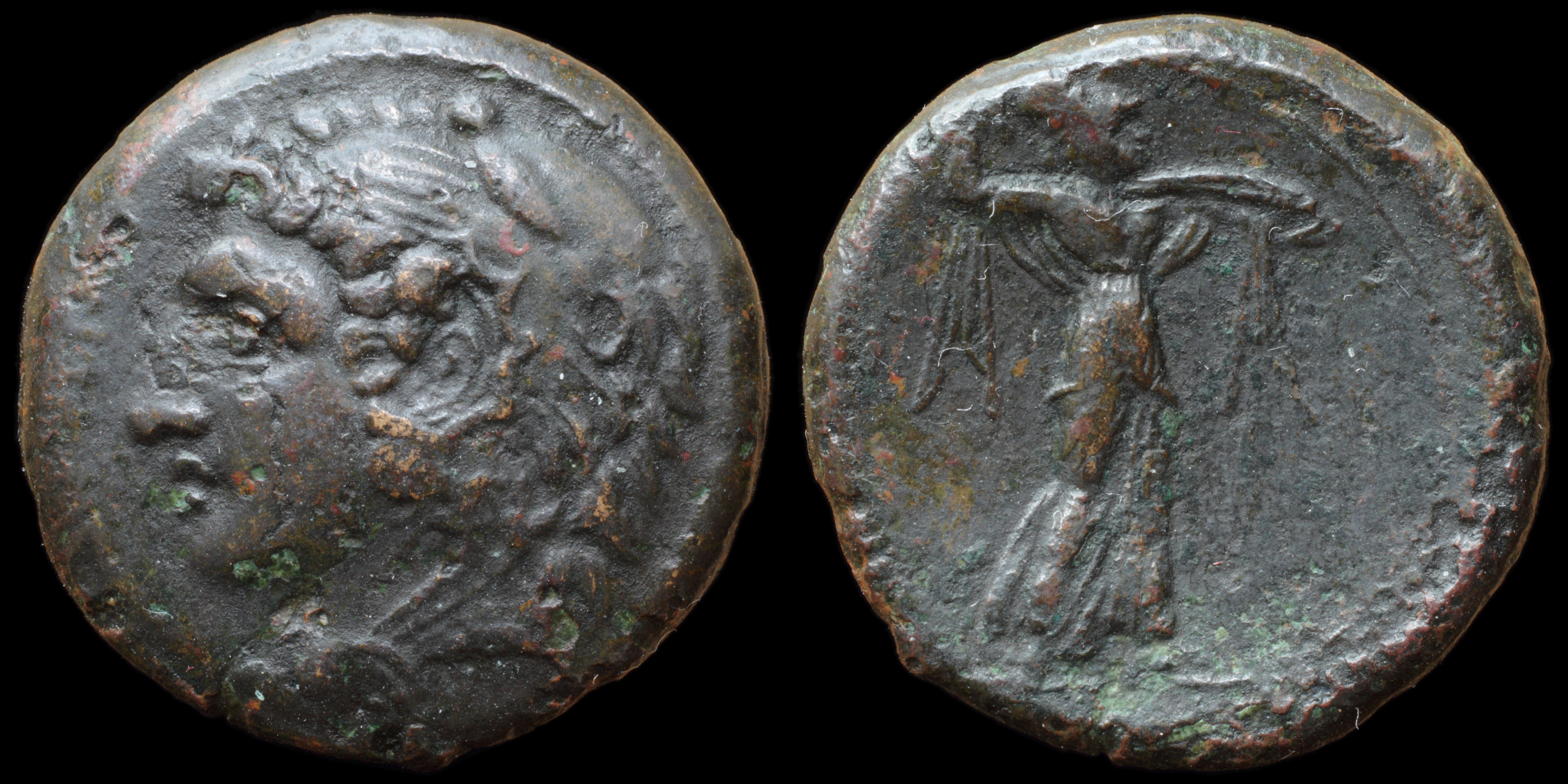
Reverse: Athena Promachos standing right, hurling javelin, holding shield; thunderbolt left
Die Orientation: -
Weight: 10 g
.jpg)
Reverse: BAΣIΛIΣΣA[Σ] ΦIΛIΣTIΔOΣ / Nike, holding reins, driving slow quadriga right
Die Orientation: -
Weight: 13.5 g
.jpg)
Reverse: Bull butting left, dolphin above and below; (NK)
Die Orientation: -
Weight: 8.13 g
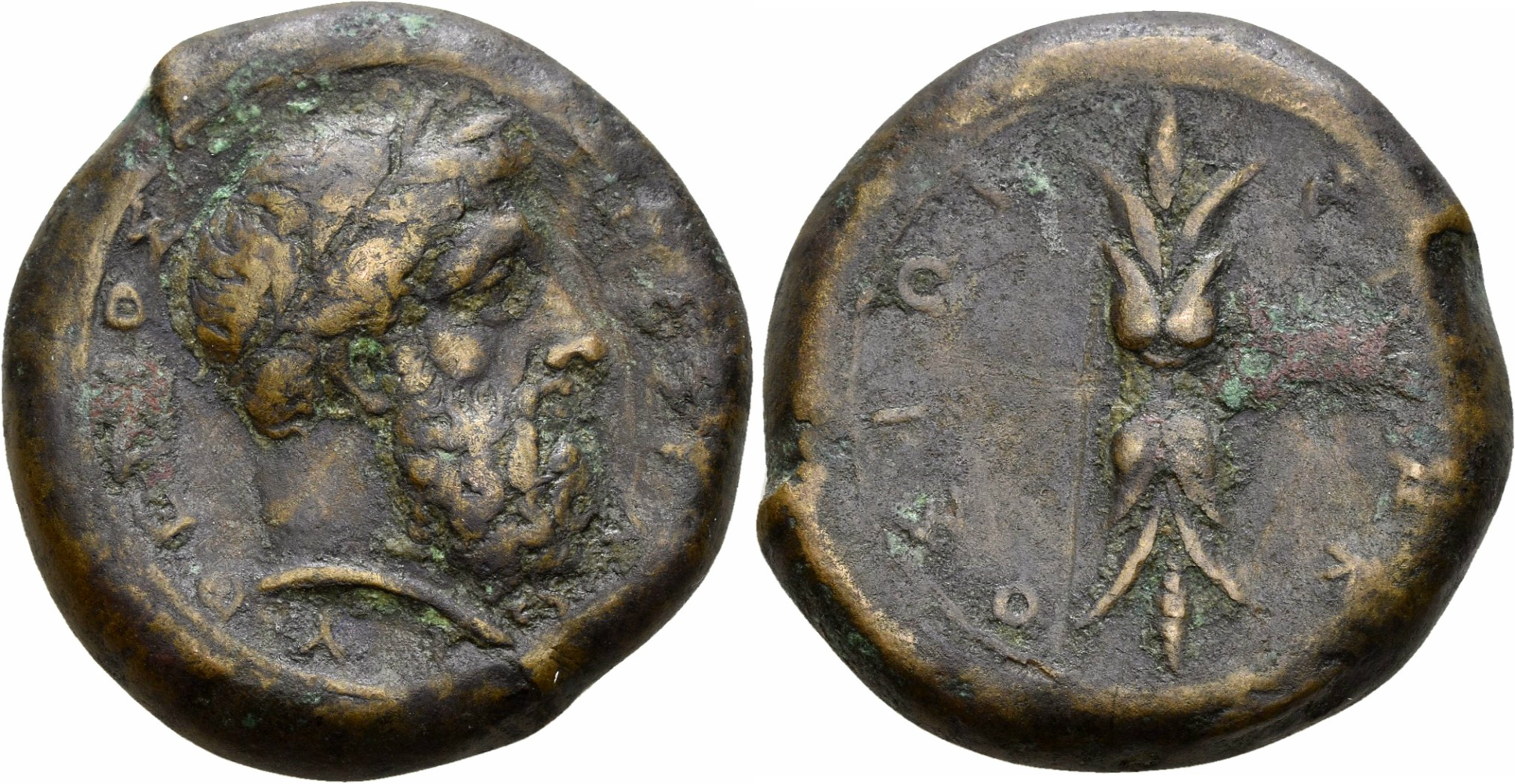
Reverse: ΣYPAKOΣIΩN / Upright thunderbolt
Die Orientation: -
Weight: 17.8 g
